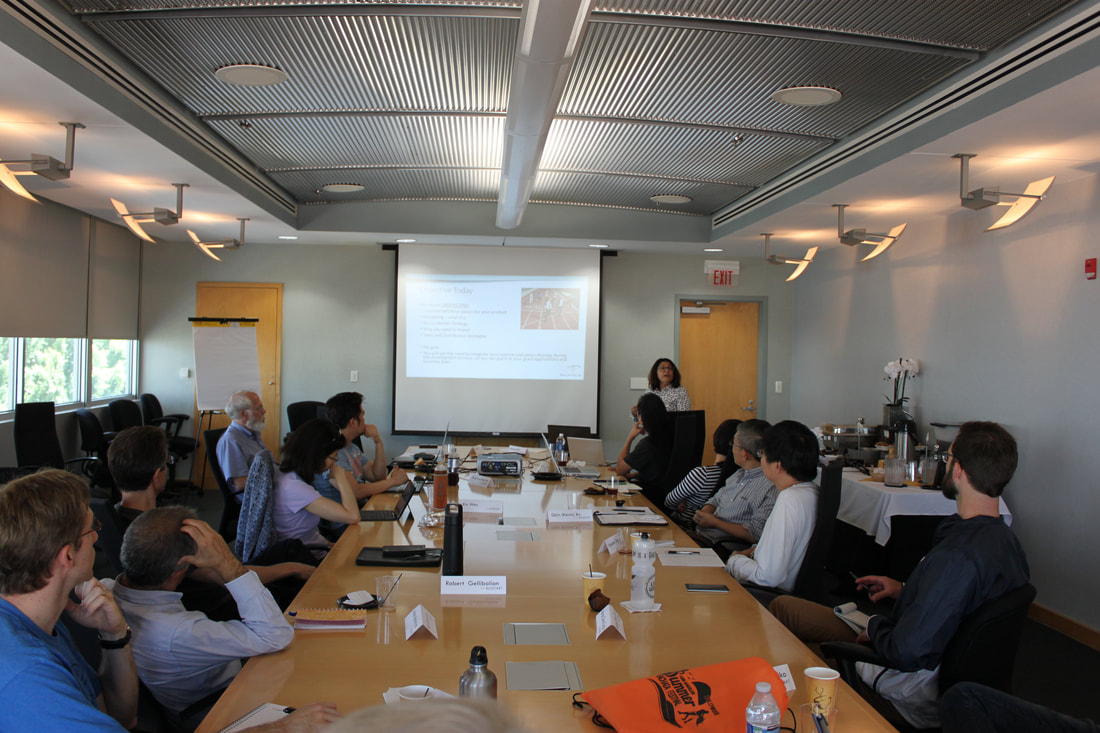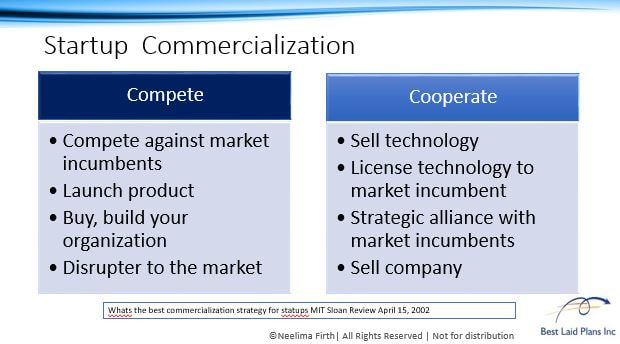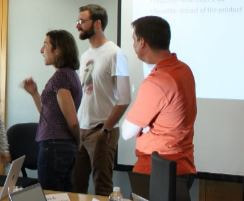I had the pleasure of being an instructor and mentor to the LA Biostart Training boot camp for life science start-ups. There were about 25 entrepreneurs representing companies in the pharmaceutical, diagnostic, device and research support space.
The companies were at 3 stages
A number of the companies were funded through grants, VC and some generous angel investors through friends and family. Most of the companies had not thought of reimbursement and pricing, so I thought I would share some of the insights, and comments.
Pricing- Pricing of any product is both an art and science and pricing of medical products is difficult as the consumer is usually different from the payor.
The biggest ‘aha’ for the group was the concept of value and cost effectiveness of medical treatments and separating this from simple cost calculations. If there is an innovation that reduces costs elsewhere in the healthcare system, then these cost savings need to be considered. We used as an example Ambisome which is less toxic than amphotericin and therefore saved money and effort on kidney monitoring and treatment.
Reimbursement Coverage: Two of the companies are developing oncology products and had not realized the increasing role of payors and insurance companies in coverage decisions. The big ‘aha’ was the need to develop clinical studies that include results and outcomes that have health economic considerations.
The companies were at 3 stages
- Companies generating revenue for the innovation and had in place had manufacturing and customers
- Start-up companies with employees/partners with products beyond proof of concept and approaching clinical trial stage
- Start-up company at proof of concept stage
A number of the companies were funded through grants, VC and some generous angel investors through friends and family. Most of the companies had not thought of reimbursement and pricing, so I thought I would share some of the insights, and comments.
Pricing- Pricing of any product is both an art and science and pricing of medical products is difficult as the consumer is usually different from the payor.
The biggest ‘aha’ for the group was the concept of value and cost effectiveness of medical treatments and separating this from simple cost calculations. If there is an innovation that reduces costs elsewhere in the healthcare system, then these cost savings need to be considered. We used as an example Ambisome which is less toxic than amphotericin and therefore saved money and effort on kidney monitoring and treatment.
Reimbursement Coverage: Two of the companies are developing oncology products and had not realized the increasing role of payors and insurance companies in coverage decisions. The big ‘aha’ was the need to develop clinical studies that include results and outcomes that have health economic considerations.
Commercialization: Marketing and Sales of Life Science Products
The second class I taught was on commercialization of products and looked at marketing and sales. This was one of the last classes and I tried to build upon the previous speakers. In this class we had 4 interactive exercises to apply the learning.
We focused on commercialization basics, Go to Market strategy, the need to brand the product and closed with sales and distribution strategies.
We opened our discussion on start-up commercialization. About half the group intended to develop a product and sell the product or license it to another company. A few intended to build a new company as they regarded the product as a disruptor. Two of the companies were already making revenues.
As a group, we discussed the definition of a market
The aha for the group was that the market was defined by the customer and not the technology. So- people in pain, not the pain killer market. This also required a different thinking with looking at the benefit of their product from a customer need perspective. Our first exercise was to describe a target market for two of the innovations.
The second class I taught was on commercialization of products and looked at marketing and sales. This was one of the last classes and I tried to build upon the previous speakers. In this class we had 4 interactive exercises to apply the learning.
We focused on commercialization basics, Go to Market strategy, the need to brand the product and closed with sales and distribution strategies.
We opened our discussion on start-up commercialization. About half the group intended to develop a product and sell the product or license it to another company. A few intended to build a new company as they regarded the product as a disruptor. Two of the companies were already making revenues.
As a group, we discussed the definition of a market
The aha for the group was that the market was defined by the customer and not the technology. So- people in pain, not the pain killer market. This also required a different thinking with looking at the benefit of their product from a customer need perspective. Our first exercise was to describe a target market for two of the innovations.
As all the entrepreneurs are working with new or not year developed products, we went through the brand planning process, also known as new product planning. Some tools we discussed included the Millward Brown BrandDynamics™ pyramid and created a therapeutic product profile for 2 products.
The teams discovered was how hard it was to define the therapeutic product profile and especially separating the minimum viable product, the optimal product and the likely product.
The big aha was that the entrepreneurs realized the importance of the regulatory claim, and the product profile that would impact the marketing and branding of the product.
Final exercise was on patient profiles and defining a feature of a product and then describing the benefit of that feature to a customer. An example was a non sedating medicine that enabled a patient (customer) to perform well at work and to maintain function as if they did not have the underlying problem. A lively discussion took place on the role of chronic medicines such as rheumatoid arthritis. Patients want their lives back and do not want to be reminded of their disease.
The teams discovered was how hard it was to define the therapeutic product profile and especially separating the minimum viable product, the optimal product and the likely product.
The big aha was that the entrepreneurs realized the importance of the regulatory claim, and the product profile that would impact the marketing and branding of the product.
Final exercise was on patient profiles and defining a feature of a product and then describing the benefit of that feature to a customer. An example was a non sedating medicine that enabled a patient (customer) to perform well at work and to maintain function as if they did not have the underlying problem. A lively discussion took place on the role of chronic medicines such as rheumatoid arthritis. Patients want their lives back and do not want to be reminded of their disease.





 RSS Feed
RSS Feed